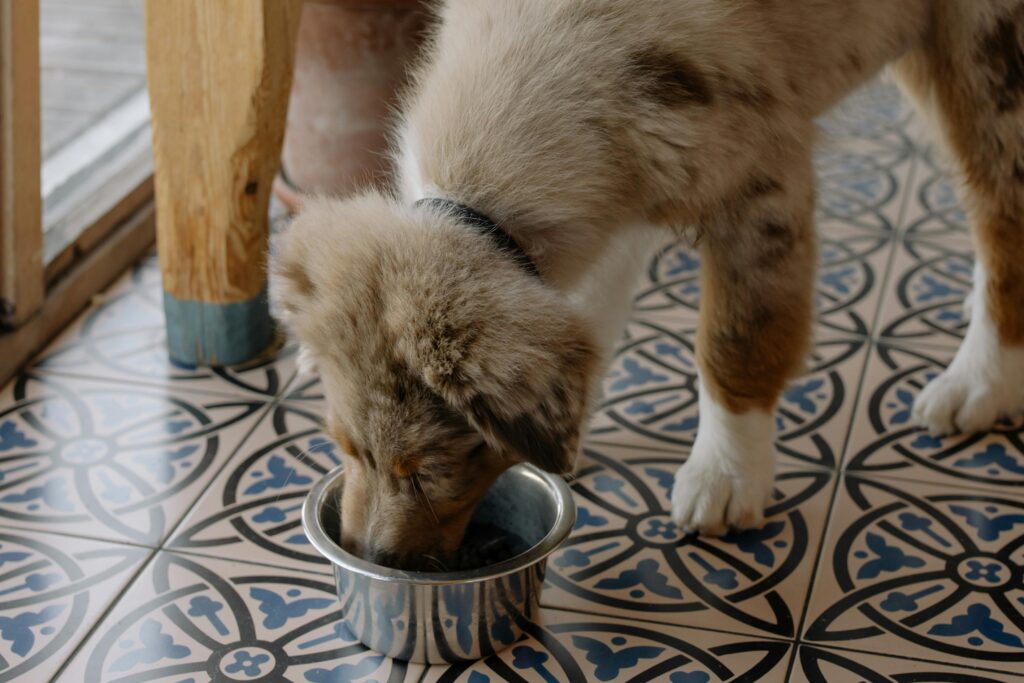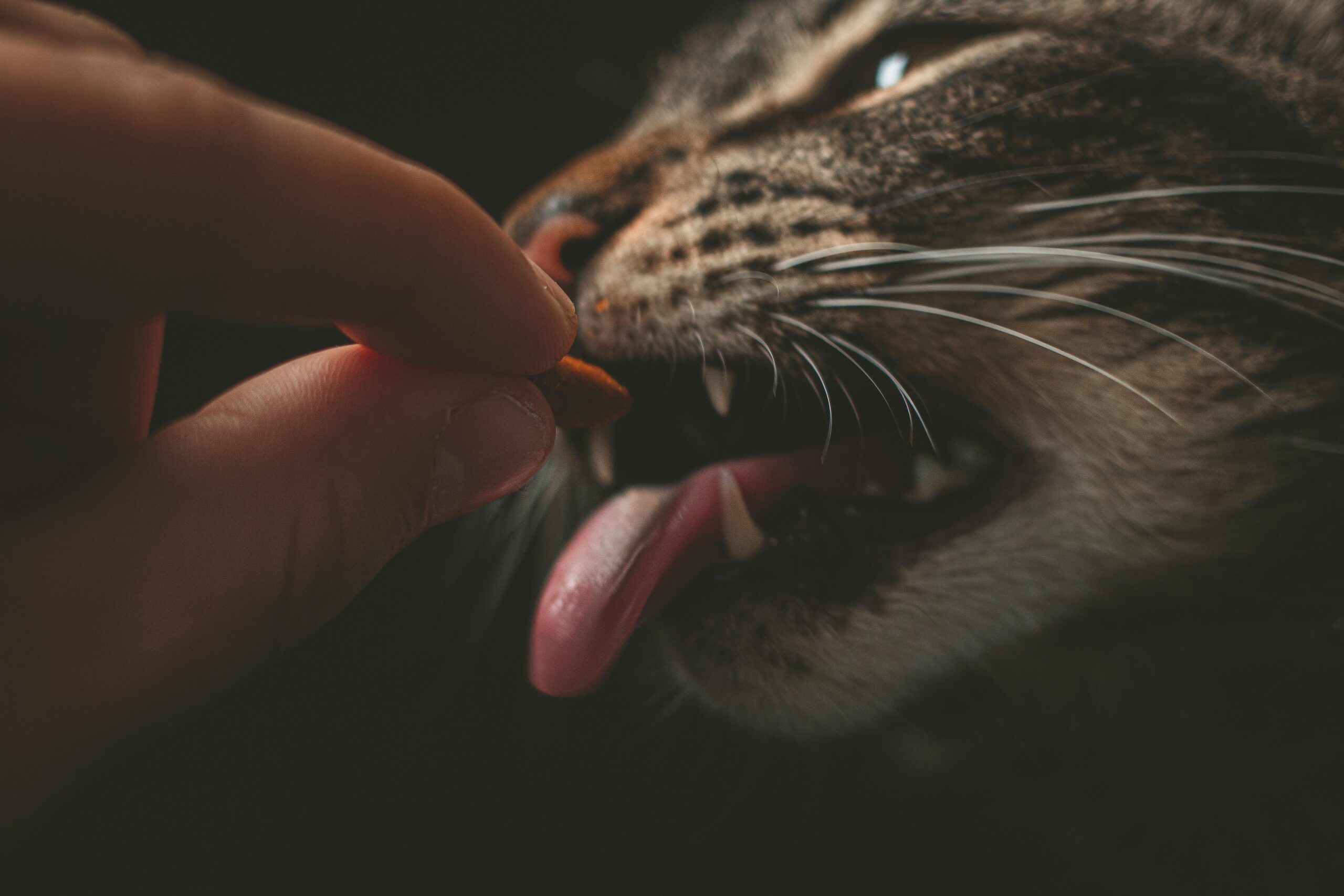Making your own pet food can be a satisfying and reasonable approach to make sure your animal buddies get the most excellent diet. Many pet owners are choosing DIY solutions as growing worry over preservatives and other additions in commercial pet diets calls for attention. This article will assist you in creating for your pets safe, balanced, and nutritious meals.

Why Choose Homemade Pet Food?
Health Benefits
Made from scratch pet food lets you regulate the kind and quality of the components. It reduces your pet’s health risk by avoiding artificial additives, preservatives, and fillers. Also addressing certain health conditions like food allergies or digestive problems are balanced cooked meals.
Tailored Nutrition
Every pet is different; their food requirements depend on age, breed, and degree of activity. Making meals at home lets you fit your pet’s particular needs and guarantee they get the appropriate vitamins and nutrients.
Cost Efficiency
Although premium commercial pet foods might be costly, homemade choices can be more reasonably priced especially if you purchase components in volume. Furthermore, knowing what your pet eats helps you to get a priceless piece of mind.
Essential Ingredients for Homemade Pet Food
Protein Sources
Any pet’s diet consists mostly on proteins. Excellent choices are premium proteins including chicken, turkey, beef, lamb, fish, and eggs. To completely eradicate dangerous microorganisms, always boil the meat well.
Carbohydrates
Carbohydrates give energy. Among appropriate choices are brown rice, quinoa, oats, and sweet potatoes. Rich in vital minerals, these are quickly broken down.
Fruits and Vegetables
Add vitamin and mineral dense pet-safe fruits and veggies to their diet. Excellent selections are carrots, green beans, spinach, apples (seedless), and blueberries. Steer clear of poisons, including garlic, onions, and grapes.
Steps to Prepare Homemade Pet Food
Plan a Balanced Diet
See your veterinarian to design a diet fit for your pet’s nutritional requirements. Add in sensible amounts of proteins, carbs, fats, vitamins, and minerals.
Cook Safely
Cook meat entirely always to avoid foodborne diseases. To eliminate pesticides, wash fruits and vegetables; also, cut them into small pieces for simple digestion.
Store Properly
Plan meals in batches and keep them in sealed containers. For prolonged use, freeze; refrigerate for up to three days. Date label the containers for simple tracking.
Recipes for Homemade Dog Food
Chicken and Rice Delight
Ingredients for Chicken and Rice Delight include brown rice, carrots, peas, and chicken breast.
Prepare rice and chicken separately boiling them separately. Cook the veggies steam wise. Combine everything then let it chill before serving.
Beef and Sweet Potato Bowl
Ground beef, sweet potatoes, and green beans are the ingredients of a steak and sweet potato bowl.
Cook ground beef carefully. Peel and mash sweet potatoes. Green beans in steam form. Combine all the components.
Fish Feast
Salmon, quinoa, and spinach make up the Fish Feast ingredients.
Bake fish till perfectly cooked. Cook quinoa according to directions. Steam mildly spinach. Prepare and present mixed and topped dishes.
Recipes for Homemade Cat Food
Turkey and Pumpkin Mix
Ground turkey, pureed pumpkin, egg.
Get ready by thoroughly cooking turkey. Combining with pumpkin puree and a gently beaten egg,
Fish and Rice Combo
Ingredients in a fish and rice combo: cooked rice, spinach, canned tuna (in water).
Prepare by tossing cooked rice and finely chopped steamed spinach with drained tuna.
Chicken Feast
Three ingredients for the chicken feast are chicken thighs, carrots, and zucchini.
Cook chicken and vegetables first. Shred chicken and cut veggies. For a seamless consistency, blend everything.
Safety Tips for Homemade Pet Food
Avoid Harmful Foods
Pets cannot eat chocolate, grapes, raisins, onions, or garlic, so never put these in pet food. Research any new ingredient you want to use consistently.
Maintain Portion Control
Other medical problems, including obesity, can result from overfeeding. Calculate meal amounts according to the weight and degree of activity of your pet.
Regular Vet Checkups
See your veterinarian often to make sure your pet is getting the nourishment it requires. Change directions as advised in recipes.
Common Questions About Homemade Pet Food
Is Homemade Pet Food Cheaper?
Particularly if you use seasonal vegetables or buy items in bulk, homemade pet food might be more reasonably priced. Still, preparation calls both time and work.
Can All Pets Eat Homemade Food?
While most dogs can eat homemade food, it’s essential to customize meals to match their particular dietary needs. Sure, medical-condition-ridden pets could call for specific diets.
How Do I Transition to Homemade Food?
Add homemade food gradually, mixing little amounts with their regular meals. Over seven to ten days, increase the percentage of homemade food to prevent stomach trouble.
Benefits of Feeding Homemade Pet Food
Improved Energy Levels
Fresh, wholesome food can increase the general energy and vigor of your pet.
Healthier Skin and Coat
Made from scratch, food high in omega-3 fatty acids and vitamins encourages good skin and a lustrous coat.
Stronger Immunity
Balanced foods assist your pet’s immune system to be stronger, thereby lowering their disease risk.
Challenges of Homemade Pet Food
Time-Consuming
Making fresh meals can take time, particularly for bigger dogs.
Nutritional Imbalances
One often misses essential nutrients without appropriate direction. See always a veterinarian or pet nutritionist.
Storage Limitations
Made from scratch, homemade food lacks preservatives. Hence, cautious storage is necessary to avoid spoiling.
Encouraging Sustainability in Homemade Pet Food
Use Local Ingredients
Purchasing seasonal, locally grown food not only helps your neighborhood but also guarantees better ingredients for your pet. One can discover organic choices quite quickly in farmers’ markets.
Minimize Food Waste
From your kitchen, repurpose leftovers safe for pets into their meals. For a dinner, boiling chicken or cooked plain rice might be quite good.
Eco-Friendly Storage
To cut plastic waste and maintain freshness of your pet’s food, store food in reusable, BPA-free containers or environmentally friendly freezer bags.
Supplements for Homemade Pet Food
Calcium
Strong teeth and bones call on calcium. Add finely powdered eggshells or a veterinarian’s advised calcium supplement to your pet’s diet.
Omega-3 Fatty Acids
Fish oil or flaxseed oil can improve the health of your pet’s skin and hair and boost heart and joint function.
Multivitamins
To guarantee no nutrient shortages, think about include a vet-approved multivitamin meant for your pet’s species and life stage.
How to Monitor Your Pet’s Health on a Homemade Diet
Regular Weight Checks
Track your pet’s weight to be sure they are getting the right amounts. Change serving amounts as necessary to keep weight in line.
Observe Energy Levels
Track the behavior and activity of your animal. Usually, an active, content pet is prospering on their food.
Routine Vet Visits
Regular veterinarian visits are essential to make sure your pet’s homemade diet satisfies all of their nutritional demands. Physical exams and blood testing can reveal general state of health.
Expanding Your Pet’s Meal Options
Rotating Proteins
Turn proteins like chicken, beef, and fish around to keep meals interesting and varied nutritionally. This exercise also helps avoid food sensitivities.
Adding Herbs (Pet-Safe)
For taste and extra nutrition, include tiny amounts of pet-safe herbs like parsley or rosemary. Steer clear of poisonous to dogs herbs like chives and onions.
Homemade Treats
Make healthy treats for dogs with baked sweet potato slices and for cats freeze dried salmon bits. Your pet’s nutrition can benefit much from these snacks.
Homemade Pet Food: A Global Perspective
Trends in the USA
Pet owners’ need for openness and quality in their animals’ meals has made homemade pet food somewhat well known in the USA. Usually, organic and grain free meals take the stage.
Worldwide Practices
Pet owners in nations like Australia and Japan have embraced homemade cuisine by including regional foods like fish and root vegetables in their animals’ diets.
Cultural Influences
Various civilizations affect the way pet food is made. Asian nations, for instance, might call for rice and fish, while Western cuisine usually centers on lean meats and sweet potatoes.
Frequently Asked Questions About Homemade Pet Food
Here are some often asked questions regarding the preparation of homemade pet food to guarantee clarity and solve shared issues:
How do I ensure my pet is getting all the nutrients they need?
Collaboratively work with a professional pet nutritionist or your veterinarian. They may assist you in creating well balanced meals including all the vital minerals, vitamins, proteins, and fats. Perhaps supplements will be required to cover any voids.
Can I switch between homemade and commercial pet food?
You are free to combine or alternate homemade and commercial pet food but do so slowly to prevent disturbing your pet’s digestive system. Make sure both kinds of food satisfy the nutritional needs of your pet.
How do I know if my pet has a food allergy?
In pets, common indicators of food allergies include itching, stomach trouble, or repeated ear infections. See your veterinarian to find the particular allergen if you suspect an allergy and modify the diet.
What’s the shelf life of homemade pet food?
Made at home, pet food can be frozen for up to three months and refrigerated for up to three days. Maintaining freshness and safety, always use airtight containers and mark them with preparation dates.
Can puppies and kittens eat homemade food?
They are accurate, yet their dietary requirements differ from those of adult dogs. To assist development, puppies and kittens need meals more heavy in protein, calcium, and calories. Design age-appropriate recipes with a veterinarian.
Additional Resources for Pet Owners
Guide your readers to other valuable tools and resources, thereby enhancing their experience:
Books on Pet Nutrition
Richard H. Pitcairn, DVM’s “Dr. Pitcairn’s Complete Guide to Natural Health for Dogs & Cats”; Barbara Laino’s “The Healthy Homemade Pet Food Cookbook”
Pet Nutrition Calculators
Link reliable internet calculators to enable users to find calorie and nutrient needs for their pets depending on age, weight, and degree of exercise.
DIY Tools for Homemade Pet Food
To simplify and speed up meal cooking, recommend slow cookers, food processors, and meat grinders.
Conclusion
Making homemade pet food is a compassionate approach to take care of your animal pals and guarantee their meals are good and tasty. Your veterinarian’s advice, careful preparation, and attention to safety will help you to produce balanced and healthy meals fit for your pet. Not only will you have peace of mind knowing exactly what your pet is eating, but your pet will flourish on the fresh, healthy foods you offer.
